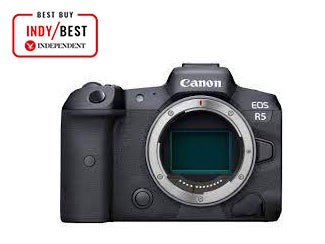
The Independent's journalism is supported by our readers. When you purchase through links on our site, we may earn commission. Why trust us?
10 best mirrorless cameras: Perfect for budding photographers
Capture everything from wildlife to winning goals with these lightweight models
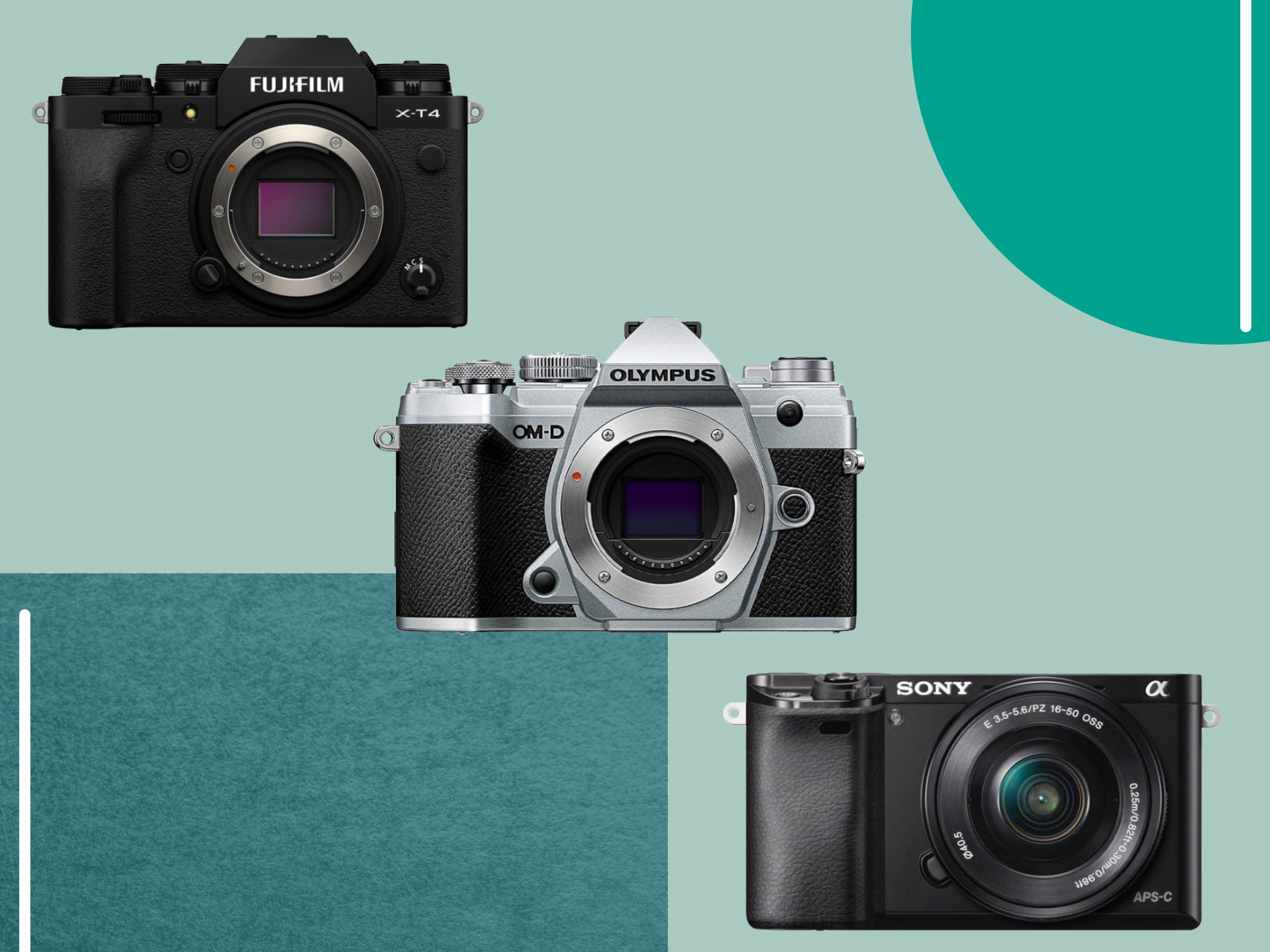
Mirrorless cameras have risen in popularity in recent years. Smaller, more portable, more suited for a travel-savvy generation and able to make the most of emerging, lightweight technology, many manufacturers are looking to develop their mirrorless lineups, and have expanded hugely in the process.
Put simply, a mirrorless camera doesn’t have a reflex mirror in the body. It sounds obvious, but this is the crucial thing that determines what makes mirrorless cameras so appealing. It doesn’t reflect light in the traditional way we know from old-fashioned SLR cameras. Instead, light from the lens gets sent directly to a sensor that displays via an LCD screen at the back and via the viewfinder.
Not seeing a “real” interpretation of what you’re shooting takes a bit of getting used to, as all viewfinder options are screens rather than mirrors, but the benefits this provides soon outweigh the negatives.
Not having a mirror in the body denotes excellent weight-saving abilities, a much faster shooting rate – ideal for sports and wildlife photographers in particular – and excellent image stabilisation. It’s also really handy to have an immediate representation of your image in the viewfinder before you hit the shutter button, and most mirrorless cameras have a more-or-less silent operation.
Many top brands such as Canon, Nikon and Sony have made big claims about the mirrorless camera world’s future, and hence are developing their product lines quickly. Mirrorless options are fast gaining traction in the professional world too and the system looks likely to surpass traditional DSLRs in the coming years.
Read more:
We tested these cameras in a range of setups, but because of their lightweight ability, we really wanted to get a handle of their performance on the move. They were taken around urban and countryside situations, with street photography performance and portraiture measured alongside battery live, ease of operation, weight, ergonomics and depth of features.
The best mirrorless cameras for 2021 are:
- Best overall – Canon R5: £4,299, Wexphotovideo.com
- Best specifications in the game – Sony A1: £6,499, Wexphotovideo.com
- Best for full-frame beginners – Nikon Z5: £1,719, Currys.co.uk
- Best lightweight option – Panasonic lumix S5: £1,799, Currys.co.uk
- Best for wildlife photography – Panasonic lumix G9: £1,199, Cliftoncameras.co.uk
- Best for photographers on the move – Canon R: £1,879, Currys.co.uk
- Best for a small, compact setup – Olympus OM-D E-M10 mark IV: £803.75, Amazon.co.uk
- Best for printing – Sony A7R mark IV: £3,199, Cliftoncameras.co.uk
- Best for stable performance – Fujifilm X-T4: £1,399, Parkcameras.com
- Best budget option – Sony A6000 compact: £479, Amazon.co.uk
Canon R5

Best: Overall
Rating: 9/10
- Megapixels: 45
- Sensor: Full-frame
- Burst Speed: 20fps
- Video Resolution: 8K
Designed for the professional market, this offering from Canon is still one of the best mirrorless models ever made, and thoroughly shook up the market when it was released. It features a combination of some of the best bits of Canon’s cameras through the ages – the flexibility of professional standard SLR cameras twinned with the portability of modern mirrorless setups – with lightning-quick autofocus and stunning 8K video. The only downside is that it’s prone to overheating, but in this release, Canon has perhaps created its finest ever camera.
Sony A1
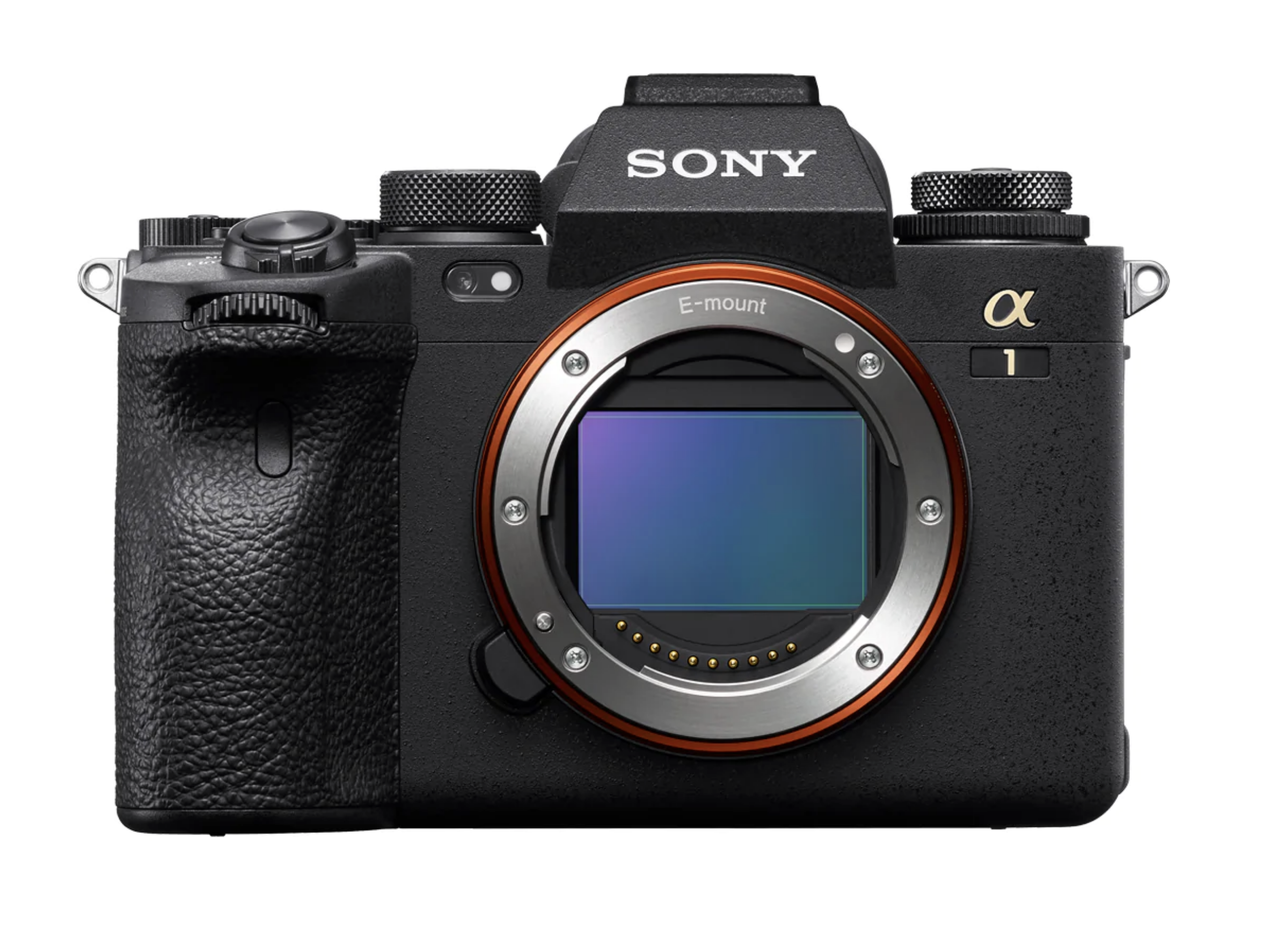
Best: Specifications in the game
Rating: 9/10
- Megapixels: 50.1
- Sensor: Full-frame
- Burst Speed: 30fps
- Video Resolution: 8K
You really need to be prepared to blow the budget on a camera like the Sony A1, and our only criticism is that perhaps Canon and Nikon rivals offer just as much for a fraction of the price. That being said, the Sony A1 is a mind-blowing example of what can be achieved with a mirrorless camera – it’s well suited to niche professional photography markets such as wildlife and sport, and will probably be the only camera you’ll ever need.
Nikon Z5
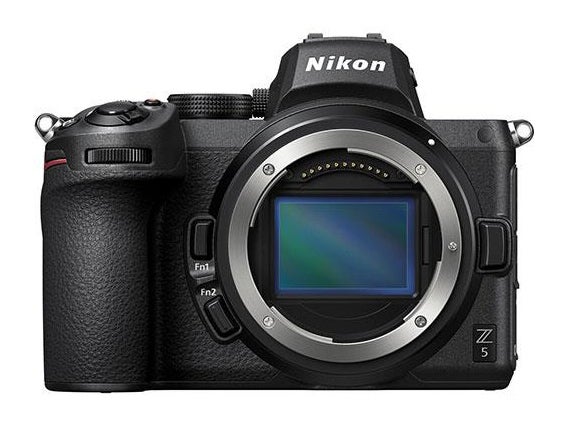
Best: For full-frame beginners
Rating: 8/10
- Megapixels: 24.3
- Sensor: Full-frame CMOS
- Burst Speed: 4.5fps
- Video Resolution: 4K
Bringing ourselves back to earth for a minute with the Nikon Z5, this camera impressed us with its neat weatherproof design, twin card slots (often found on more expensive systems) and a smart retractable kit lens. It won’t take fast burst photos, and you’re limited to cropped 4K video if you’re a filmmaker, but for the price this is a good gateway into the world of full-frame.
Panasonic lumix S5
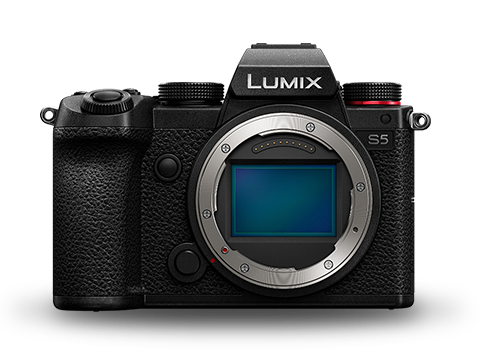
Best: Lightweight option
Rating: 8/10
- Megapixels: 24.2
- Sensor: Full-frame
- Burst Speed: 7fps
- Video Resolution: 4K
We liked this option for its lightweight credentials and ability to shoot stunning video – perhaps one of the best options for 4K video on this list, bar the famous Sony A-series options. It’s not a professional setup and is geared more towards the enthusiast market, but if you’re a casual shooter and you want to make more of your video-making especially, this is a really good buy.
Panasonic lumix G9
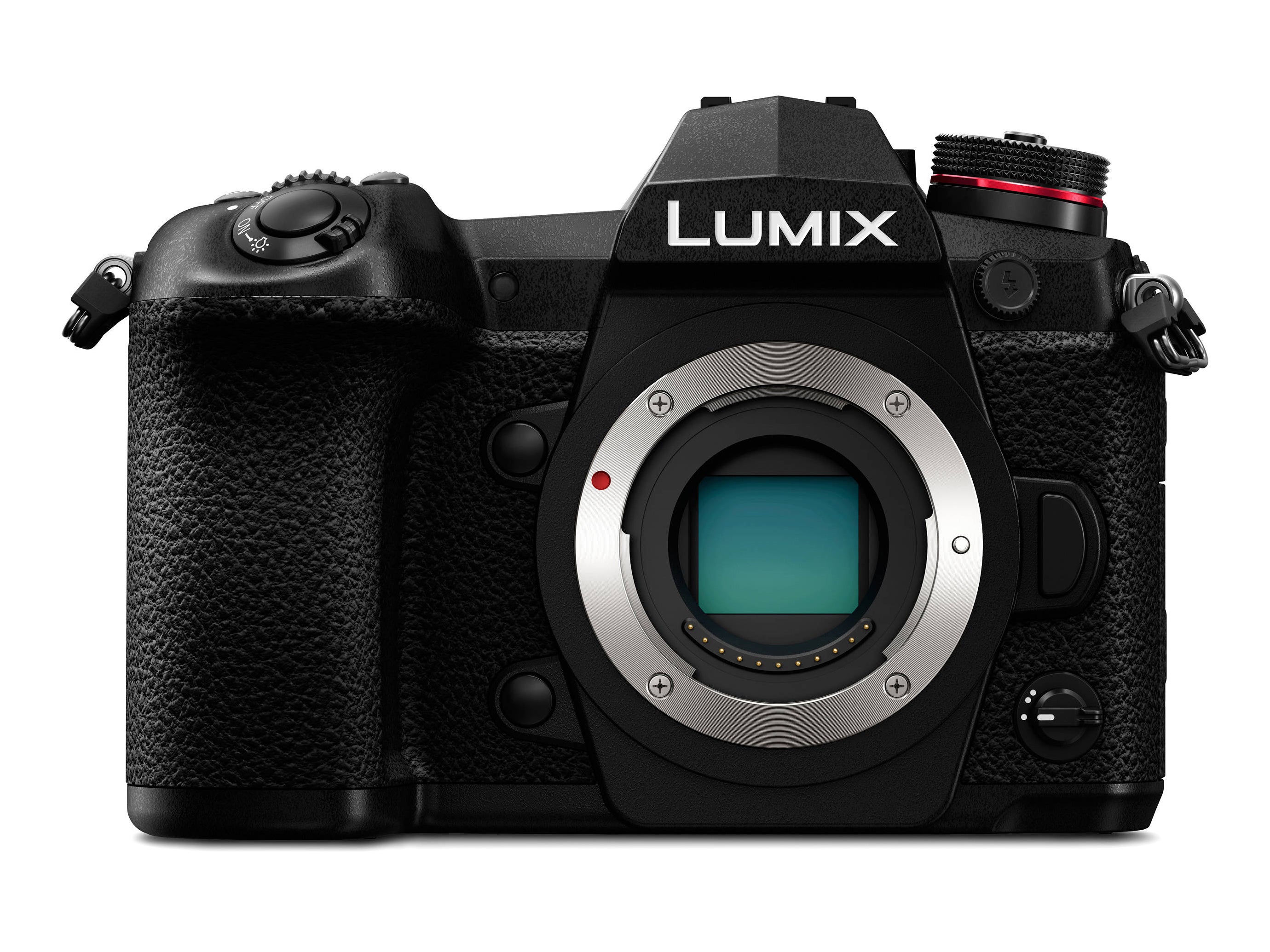
Best: For wildlife photography
Rating: 7/10
- Megapixels: 21.7
- Sensor: Micro Four Thirds
- Burst Speed: 60fps
- Video Resolution: 4K
The G9 from Panasonic is starting to show its age a little and is perhaps one of the oldest cameras on this list. That being said, it was top of the Panasonic range when it came out and is still a worthy contender to many of the higher-spec models here. It has a micro four-thirds sensor, so is cropped, but the size and weight of the device means it feels sturdy and well-built. It’s a good option for still photographers and videographers alike, and the fast autofocus makes it the perfect companion for wildlife enthusiasts.
Canon R
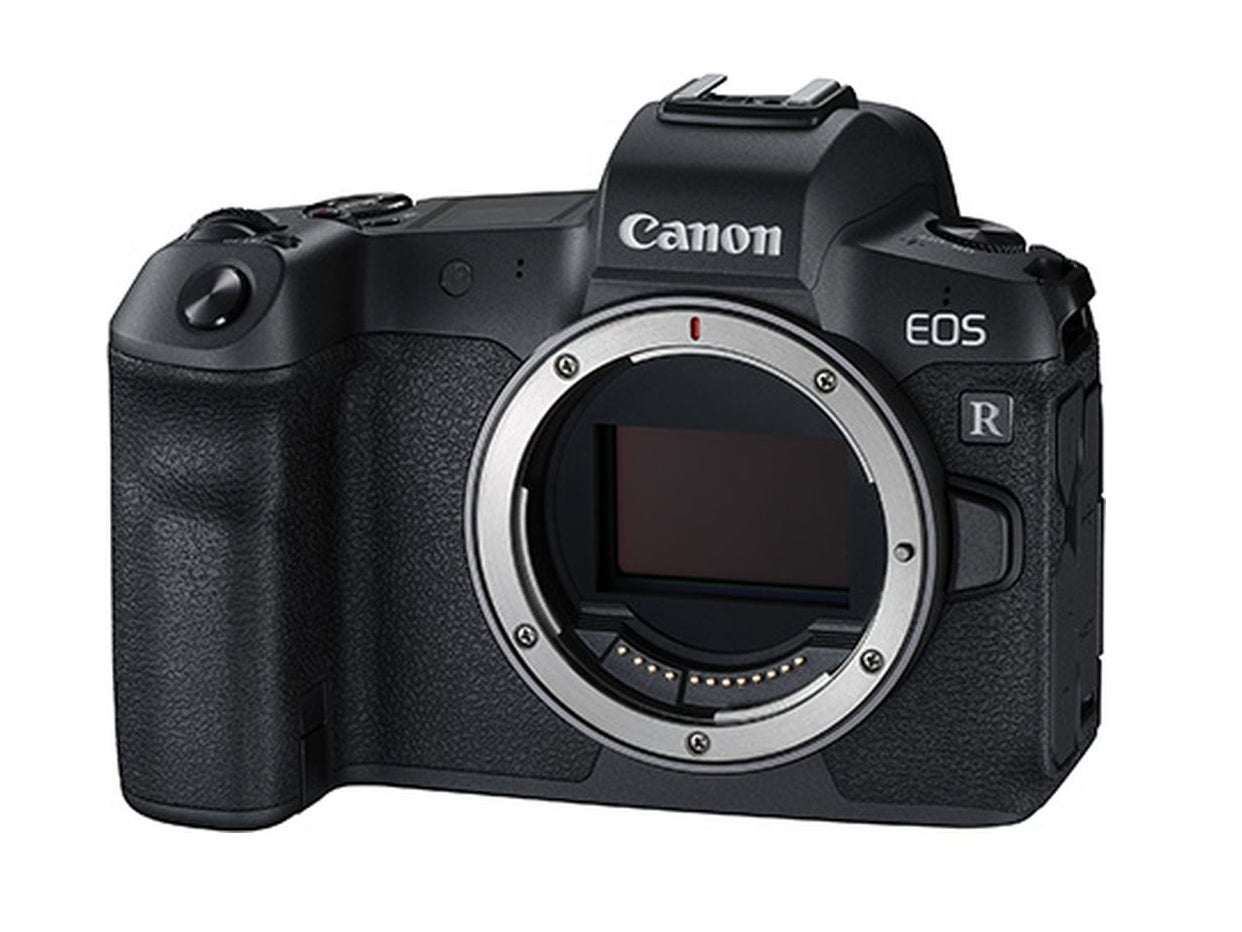
Best: For photographers on the move
Rating: 8/10
- Megapixels: 30.3
- Sensor: Full-frame
- Burst Speed: 8fps
- Video Resolution: 4K
The Canon R was the manufacturer’s step into the smaller mirrorless market and still makes a great option for travel and wedding photographers looking to take a dive into full-frame, professional-standard equipment. It falls short on video performance, but the stills performance is about equal to the 5D Mk III and MkIV in our opinion, so it is more than enough for many enthusiasts and pros who are just getting going. We really liked the fact it’s so portable and light – its compact package is really suited to travel and image-makers on the move.
Olympus OM-D E-M10 mark IV
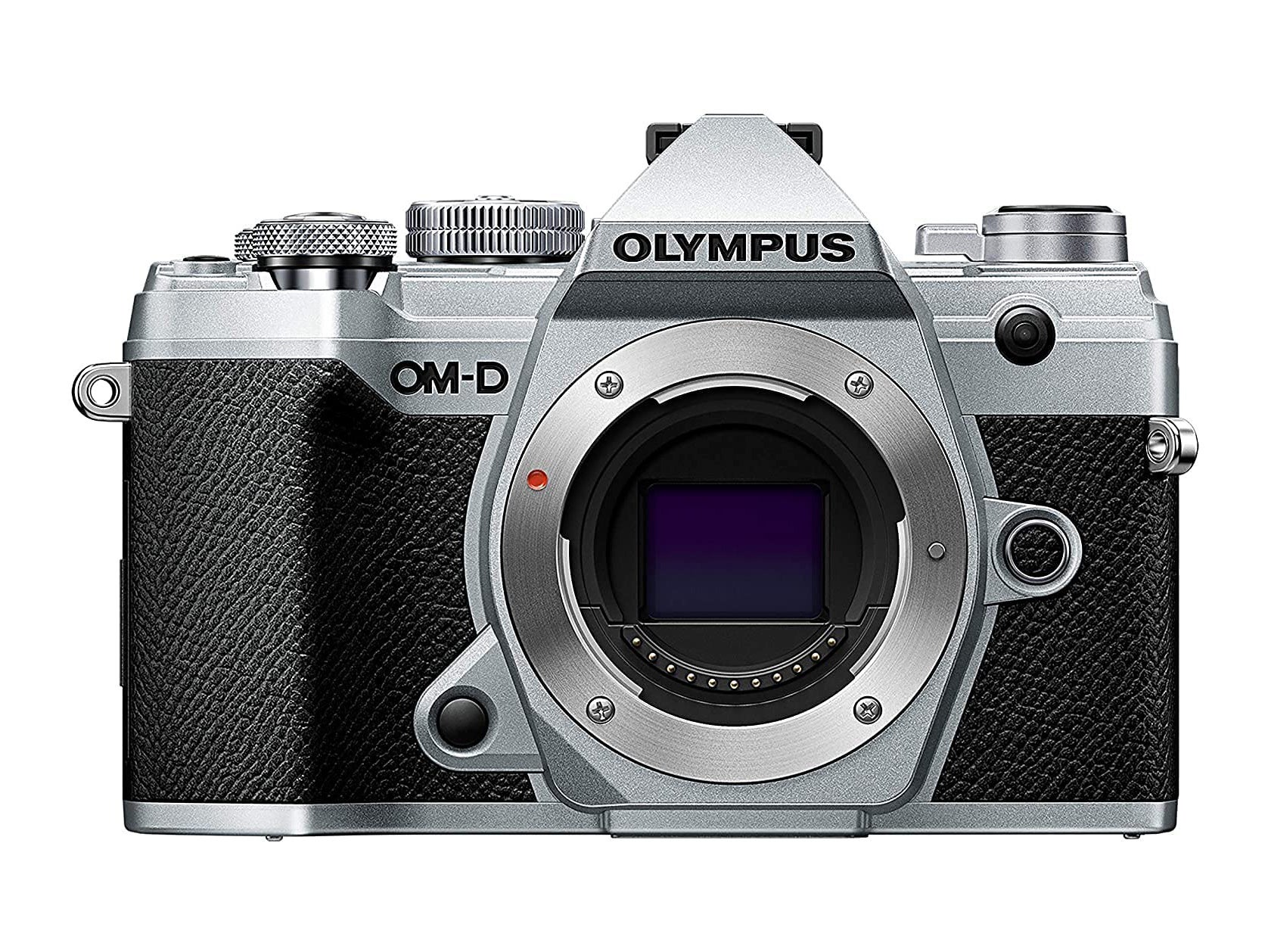
Best: For a small, compact setup
Rating: 8/10
- Megapixels: 20.4
- Sensor: Micro Four Thirds
- Burst Speed: 30fps
- Video Resolution: 4K
Hugely capable given its diminutive size, this four-thirds camera option still packs a punch and is a good intermediary setup for people looking to bridge the gap between a compact camera and a larger unit. The range of lenses, capture modes, video formats and output make it a really versatile package and one that we thought produced stunning results.
Sony A7R mark IV
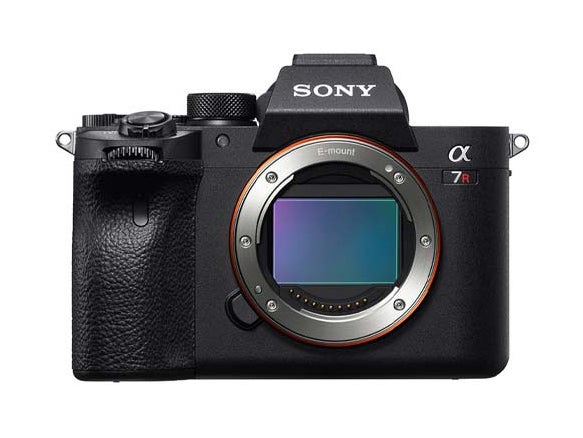
Best: For printing
Rating: 9/10
- Megapixels: 61
- Sensor: Full-frame CMOS
- Burst Speed: 10fps
- Video Resolution: 4K
The highest resolution of any full-frame camera on the market at the moment, the A7R range has continued to produce stunning cameras and this Mark IV incarnation is no different. Although outdone by the Sony A1 (£6499, Wexphotovideo.com) in terms of out and out performance, for a while this was perhaps the best camera money could buy for high-level enthusiasts and professionals and still returns 10fps shooting and Sony’s advanced autofocus. Those interested in Sony’s output may look at this ahead of the eye-wateringly expensive A1.
Fujifilm X-T4
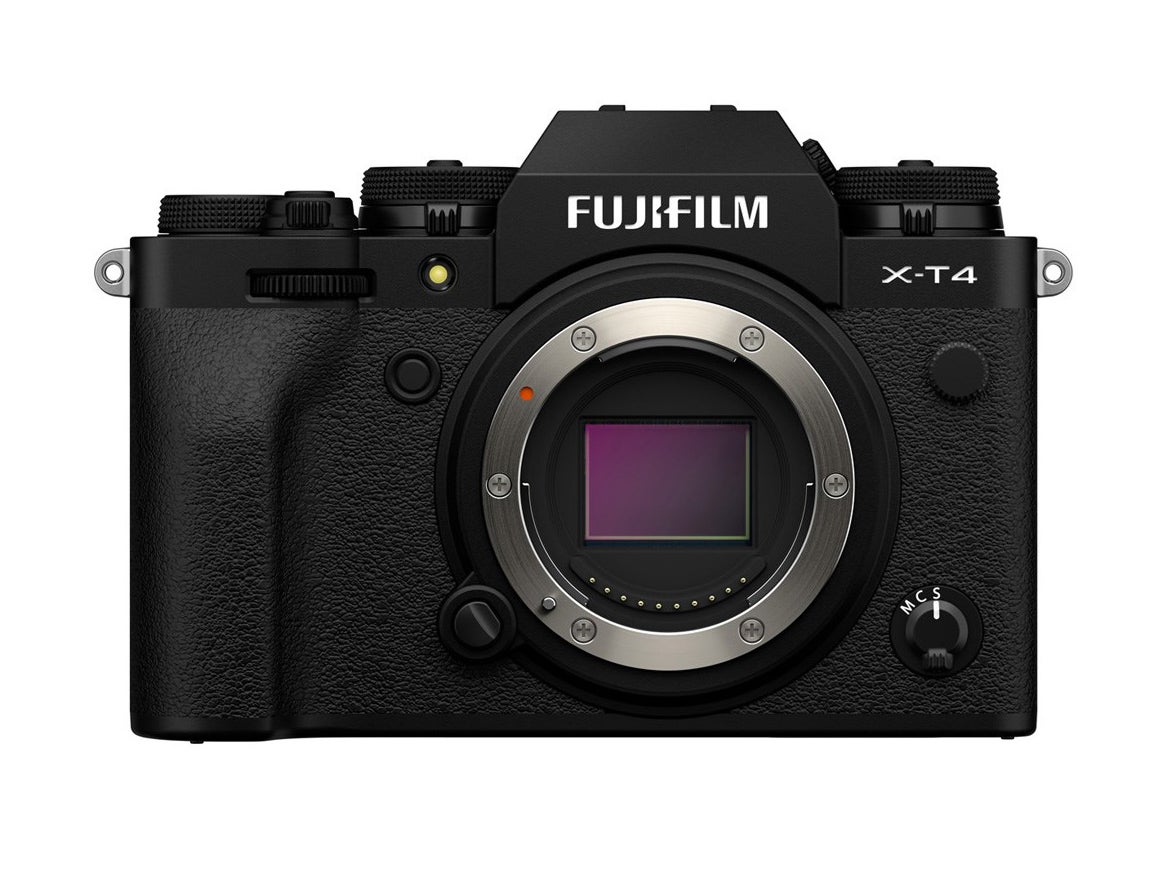
Best: For stable performance
Rating: 8/10
- Megapixels: 26.1
- Sensor: APS-C
- Burst Speed: 11fps
- Video Resolution: 4K
Fujifilm has continued to develop their X-mount series of cameras and this X-T4 is the new flagship in this range. For the price, we would have liked to have seen a full-frame offering, so fans of this might want to look elsewhere. But, we thought it was perhaps the best crop sensor offering we tested and still produces excellent 4K video at 60fps, in-body stabilisation and a healthy 26.1 megapixels.
Sony A6000 compact
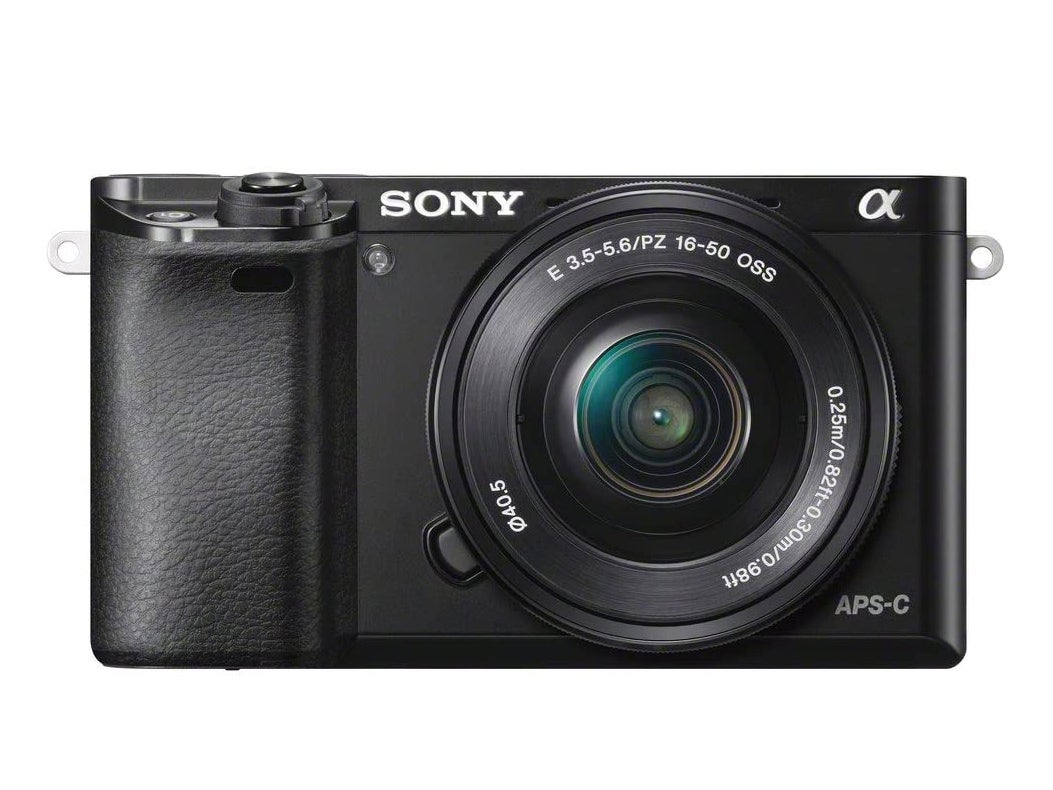
Best: Budget option
Rating: 7/10
- Megapixels: 24.3
- Sensor: APS-C
- Burst Speed: 11fps
- Video Resolution: 1080p
There are many superior compact cameras in Sony’s range, but this is still our favourite even though it was released many years ago. We continue to be impressed with its price – for those who are wanting a complete compact package in mirrorless form, this is definitely worth a look.
It doesn’t shoot 4K video – this feature wasn’t really around when the camera came out – but does come with a range of expert shooting modes, a tilting screen, a 24 megapixel output and both WiFI and Bluetooth capability. It packs more than enough punch for people who need a small setup but would like a little bit of manual control. The 179 phase-detect autofocus is impressive, too.
The verdict: Mirrorless cameras
The camera at the top of this list has to be the Canon R5. If you can stomach the initial outlay, this is a camera that will continue to grow with you, and you’ll continue to be impressed by the quality of the images it produces.
If you’re looking for more of a budget option, we’d recommend the original Canon R or the Nikon Z5. For compact or four-thirds enthusiasts, the Olympus OM-D E-M10 mark IV surprised us with its versatility and range of ability for such a small setup.
Voucher codes
For more camera and tech offers, try the links below:
Can’t decide between DSLR, compact, instant or mirrorless? Read our camera buying guide to make the decision easier
